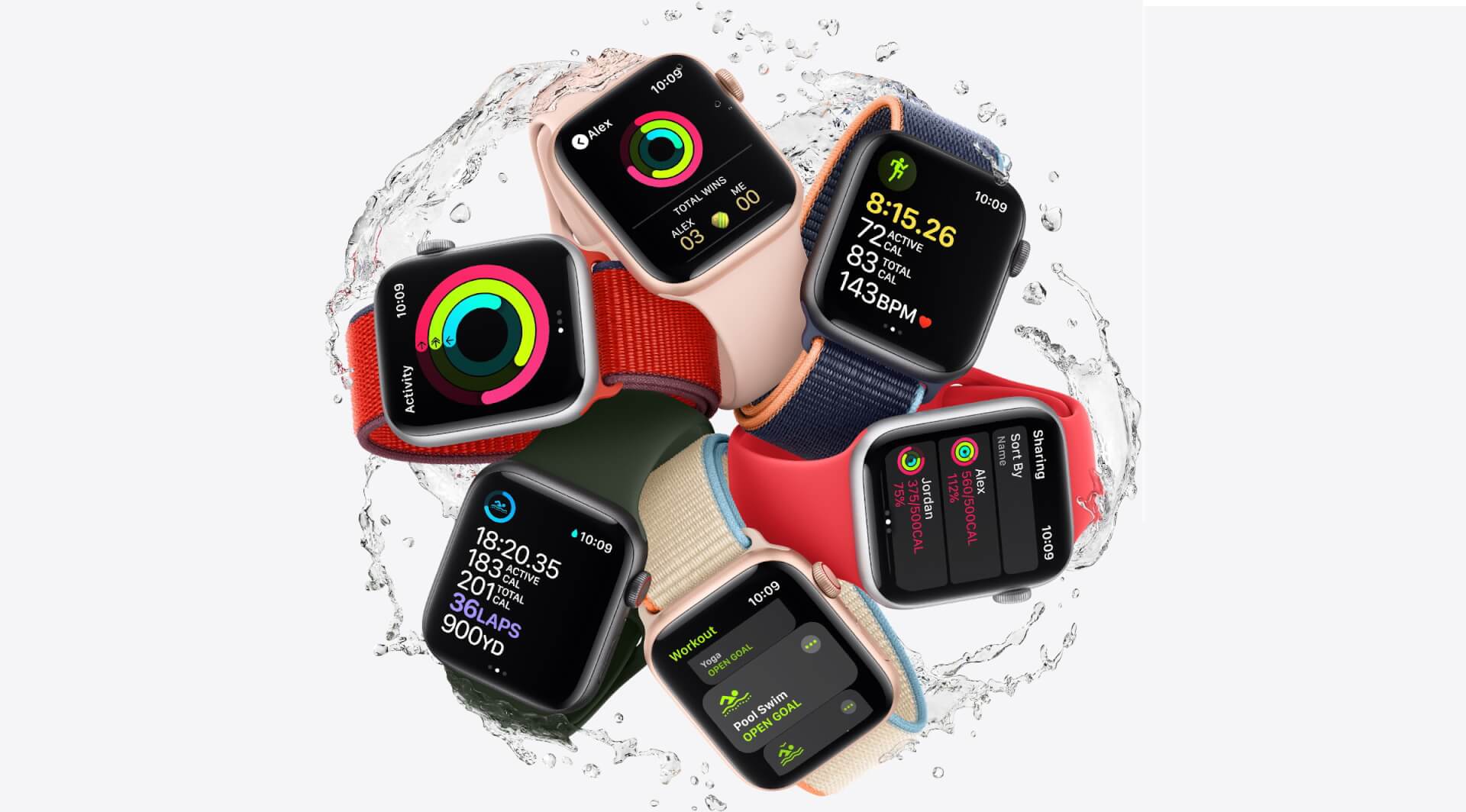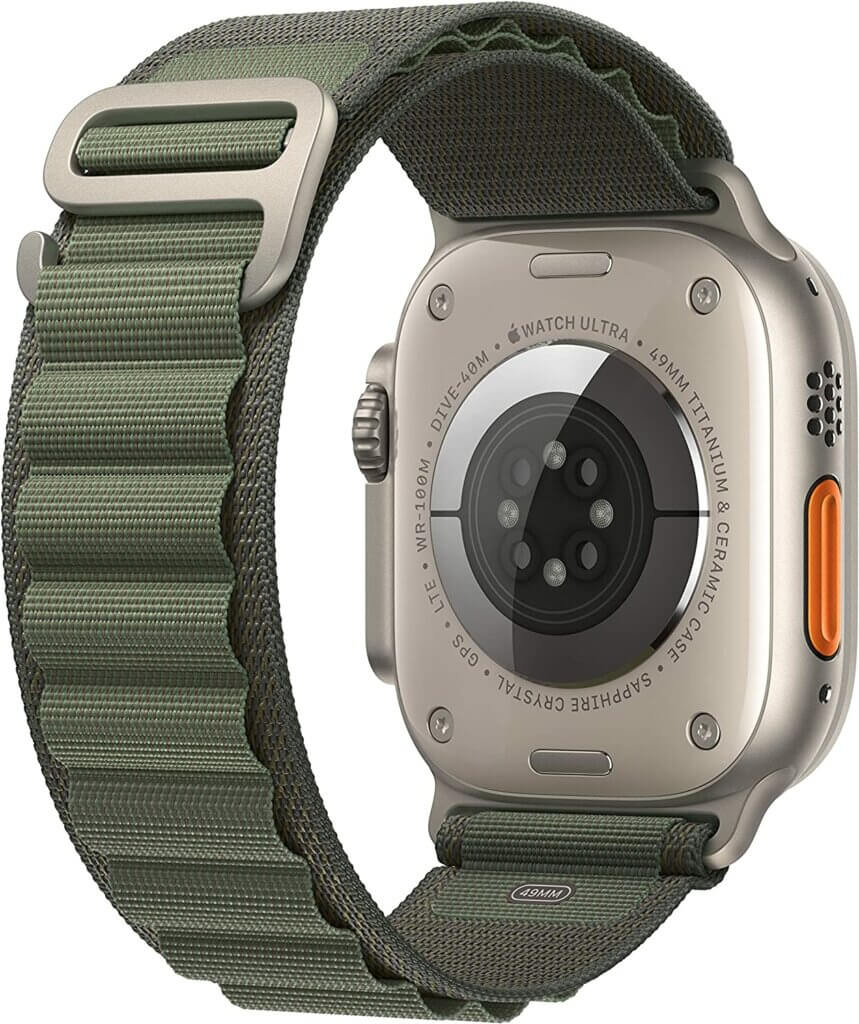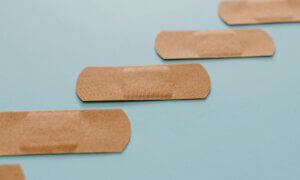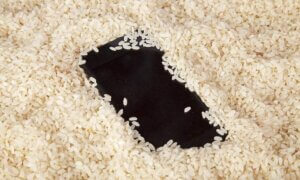You’re trying to make better choices or get an accurate picture of what’s working or not, right? The big question, however, is still “How accurate is the calorie counter on Apple Watch?”.
Here’s what the science says about wearable activity trackers like this, and how Apple Watch calorie counter differs from the lived experiences of its wearers.
Our guide is updated every couple of months with the latest news about Apple Watch’s accuracy, so this resource is always current with the info you need.
Apple Watch Used As A Wearable Activity Tracker (WATs)
Apple Watch might be just a fashion accessory or a productivity tool for some but it’s also one of the most popular wearable activity trackers, so-called WATs.
As it turns out, there’s more to it than “calories in, calories out” when it comes to your weight.
While most people are looking for the science of Apple Watch for weight loss, activity trackers calorie counting is something that’s important for anyone, whether they’re trying to lose, maintain or gain weight.
How Accurate are WATs? Science Says WATs are Moderately Accurate
UniSA researchers found that WATs encourage people to walk up to 40 minutes more each day or approximately 2,000 more steps, which contributed to significant weight loss. Activity trackers also bring a positive change in physical activity, as “they are a form of external feedback, which we know is beneficial for motivating positive health changes,” UniSA Ph.D. candidate Ty Ferguson, told Healthline.
“What was a nice surprise is just how helpful they were for such a wide variety of people, including all ages, healthy people, and those living with a variety of chronic conditions.”
Yes, WATs definitely encourage people to exercise more, but how accurate are activity trackers like Apple Watch?
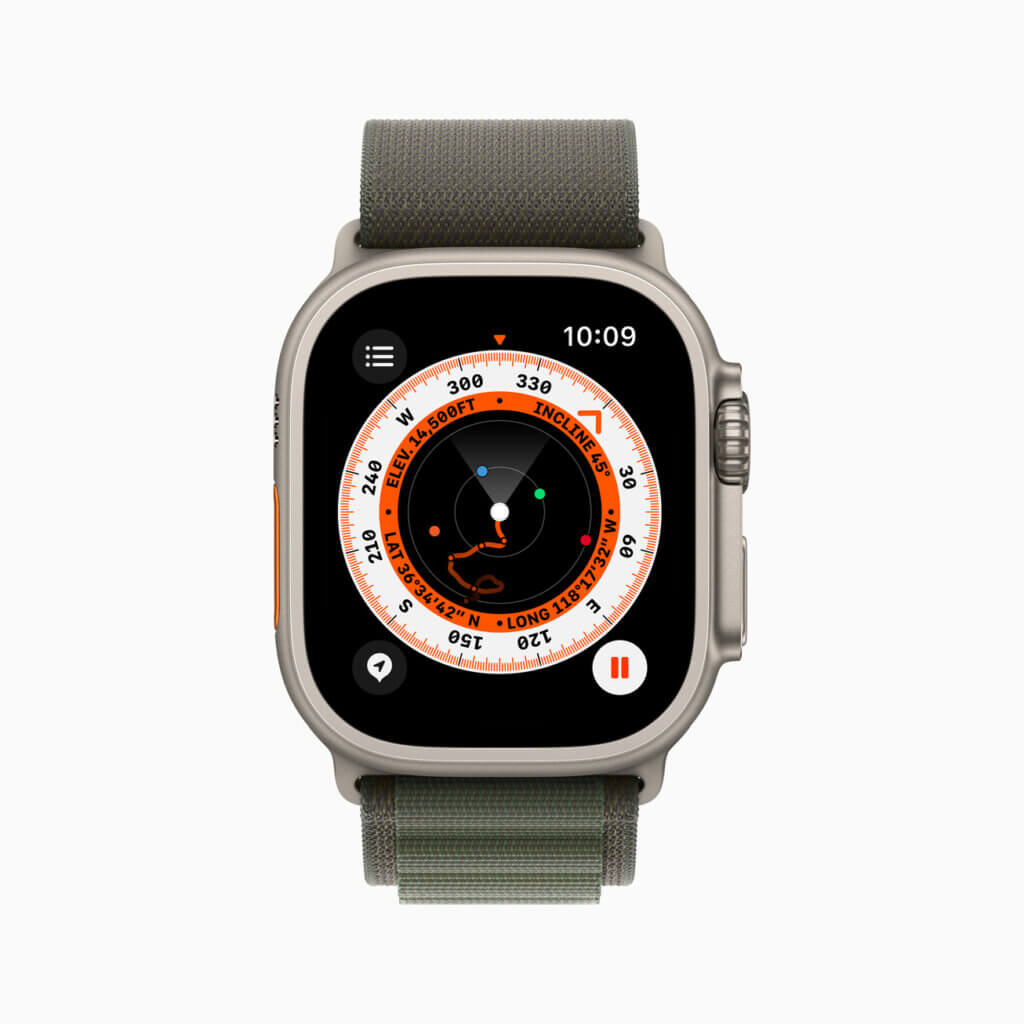
Dr. Brian Quebbemann, founder of the N.E.W. Program and author of “Dietary Rebuild,” defined WATs as “moderately accurate, ” explaining:
“They help you track trends, consistency, approximate intensity level, and effort.” He further explained that “they are good at comparing the intensity of your exercise; meaning they can tell you that your run today was more intense than your run yesterday. But they are less accurate at comparing one exercise, push-ups for example, to another, say bicycling.”
Apple Watch offers quite a few advanced tracking features – noise warning, cycle monitoring, emergency services call – but on a daily, most of us just want to see how many calories we’ve burned. So, can you trust your Apple Watch with an honest calculation? How accurate is Apple Watch Series when it comes to calorie counters?
Smartwatches from Apple use a variety of indicators to track the calories a user burns. First of all, the obvious ones: are age, height, and weight. This data is required by the Health app when you sign in. The more accurate info you provide, the better will the watch track your calories.
One Runnersworld editor has tested most WATs, from Garmin to Apple, to see how accurate calories burned are, and what other data is involved.
“Without getting too deep in the weeds, smartwatches, like the Garmin Forerunner 955 Solar I use, estimate energy expenditure (EE) utilizing the wearer’s heart rate data, respiration rate, oxygen consumption, and the personal information you enter (gender, age, height, and weight).
VO2 max, or the maximal oxygen uptake an individual needs to perform aerobic work, is a metric used in determining EE. Ideally, VO2 max would be collected in a laboratory setting. Smartwatches, like Garmin’s, use the personal information you provide plus your heart rate and speed of the activity (for exercise like running or walking). Accuracy of this method has its limitations because of outside variables, such as the type of terrain you’re running on and the amount of wind.
Apple offers up this advice for more accurate data: keep your personal information—gender, height, weight, age—up to date; check the fit of your watch band to get an accurate heart rate measurement; make sure Wrist Detection is on; and calibrate your watch,” they wrote.
Smartwatches from Apple use a variety of indicators to track the calories a user burns. First of all, the obvious ones: are age, height, and weight. This data is required by the Health app when you sign in. The more accurate info you provide, the better will the watch track your calories.
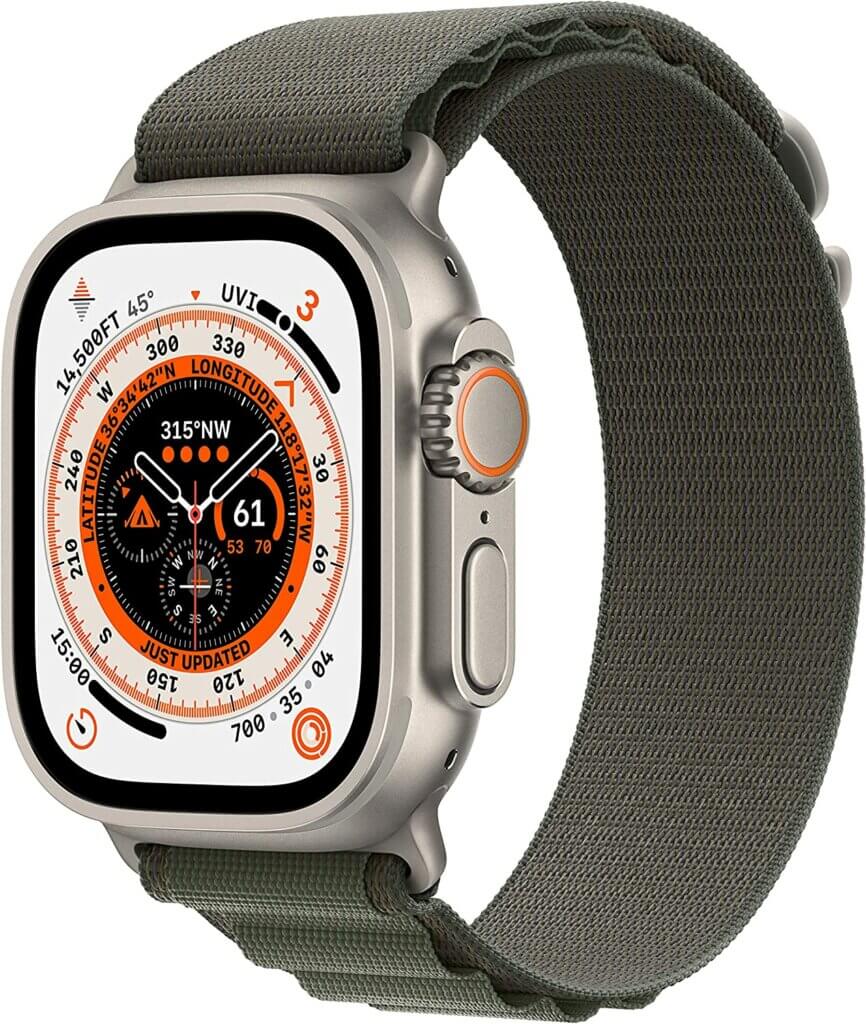
How Does Apple Watch Track Calories Burn?
Then, Apple Watch Series takes into account heart rate and movement. These two matter A LOT when Apple considers AMR and BMR, active metabolic rate, and basal metabolic rate, respectively.
Basal metabolic rate is the speed at which humans burn the calories ingested in resting mode while the active one looks in detail at the calories expended through exercise.
This, in turn, is translated to active calories and basal calories making up for total calories. Apple Watch Series shows your total calories and activity, which are calculated by subtracting the basal (resting) ones from the total measured.
A 12-Week study of the accuracy of the Apple Watch’s Calorie Counter conducted by Medium showed that the EE numbers from the Apple Watch are pretty accurate.
“The results are quite clear in the graph below. The correlation between the predicted calorie deficit (according to the Apple Watch) and my actual weight is very good. After 79 days, the calorie deficit using the EE numbers from the Apple Watch was 87,157. Assuming 3,500 kcal/lb., my weight should have been 193.7 lbs. My actual weight? 193.3 lbs.”
You can read the whole study here.
However, those numbers are from 2020 and a lot can change in the world of software in three years. Is Apple Watch still accurate?
This YouTuber put Apple Watch to the test and compared it with a host of other fitness trackers, from Garmin, WHOOP, and Oura Ring, then did a metabolic test at a sports lab in New York City.
In short, they noticed the Apple Watch tended to overestimate some calories burned, especially during running, by more than 50% in some cases.
Screencap from the Apple Watch calorie test by Shervin Shares
How Accurate is Apple Watch Calories Feature?
Apple Watch should be pretty accurate when counting calories.
For one, the BMR is pretty standard to measure, since it uses internationally agreed-upon measurements in the scientific world. On the other hand, there has been at least one study concluding that the Apple Watch was one of the best in its class out of 60 other competitors for energy expenditure tracking.
However, it’s worth remembering that the Apple Watch is, well, a consumer smartwatch not a medical device. So, it’s not as accurate as a medical device and its results could be slightly off at times.
When lifting weights, depending on the weight chosen, a user’s body will expend more calories or less. However, because the smartwatch considers only the movement of the wrist, it won’t be able to tell the different weights to make.
This is a piece of data the user will have to input separately, instead of relying on the general calorie counter.
There is also the possibility that calorie counters are wrong by default – that is, the general idea of “calories in, calories out” where if the amount of calories you eat is lower than what you consume, you’ll lose weight. You probably heard the addendum of “not all calories are equal” and there is research to back that up.
A ScientificAmerican report says that “digestion is far too messy a process to accurately convey in neat numbers” and that “the counts on food labels can differ wildly from the calories you actually extract, for many reasons”.
The same outlet cites research that says that the calories listed on food packaging are inaccurate because “because they are based on a system of averages that ignores the complexity of digestion”.
How much of a difference between calories expected and actual calories used is there?
According to the quoted study, a huge one:
“A new study by Janet A. Novotny and her colleagues at the U.S. Department of Agriculture found that when people eat almonds, they receive just 129 calories per serving rather than the 170 calories reported on the label. They reached this conclusion by asking people to follow the same exact diets—except for the amount of almonds they ate—and measuring the unused calories in their feces and urine.”
As you can see, there can be a 25% difference between the calories you think you’re eating and what your body actually uses – and that can go both ways, contributing to either weight loss or weight gain. This infographic on how accurate calorie tracking wearables are and the many variables involved in weight loss or weight gain is super helpful and you should definitely give it a read.
So, how accurate is Apple Watch in counting calories?
As we explained before, pretty accurate, though as with all things, there is no golden standard because there is no golden formula that applies to everyone. Just as BMR (basal metabolic rate) is an estimation that applies to most people but not outliers*, so are the calories Apple Watch measures just estimations, not numbers you can set your watch to (pun intended).
*For example, very fit people can have a high BMR just because they carry a lot of muscle mass, which is denser than fat.
Apple Healthcare Powered By Apple Watch – Is This the Future?
How to Improve Apple Watch Calories Tracker
If you are less than happy with the data the smartwatch shows, there are a couple of things you can try to improve its tracking.
Calibrate the watch. While you’re wearing the Apple Watch, move towards an outdoor area with flat ground that has good GPS reception. There, open the Workout app. Select Outdoor Walk or Outdoor Run from there and set a goal by tapping the three dots. Then, walk or run – depending on the option chosen – for around 20 minutes.
Make sure the Health app has updated, accurate info about you. If you haven’t used your Watch or opened your Health app in a while, now it might be time to do so. Make sure the app has real and accurate height and weight so it can monitor your BMR correctly.
Turn Apple Watch Into a Bedside Alarm Clock With This Glass Orb
Be careful how you move your hands. Since Apple Watch relies on the movement of your wrist, check from time to time that you don’t move rigidly, with your arms stiff. If that happens, the smartwatch might not consider its movement at all and thus, refrain from tracking it. The same applies if you’re on a walk with a stroller. Your saving grace in the second case is the Workout app – this one takes into account the accelerometer, heart rate sensor, and GPS. Just use that one instead!
Now it’s your turn! Are you an Apple Watch Series owner? If so, how has calorie tracking been working out for you? Since you can get a refurbished Apple Watch for pretty cheap, this tool could be a valuable help to counting calories.
Article published by Mara Pruna in November 2022 and updated with more info about Apple Watch calorie tracking in June 2023. If more data appears, we will continue to update this resource.
Follow TechTheLead on Google News to get the news first.

